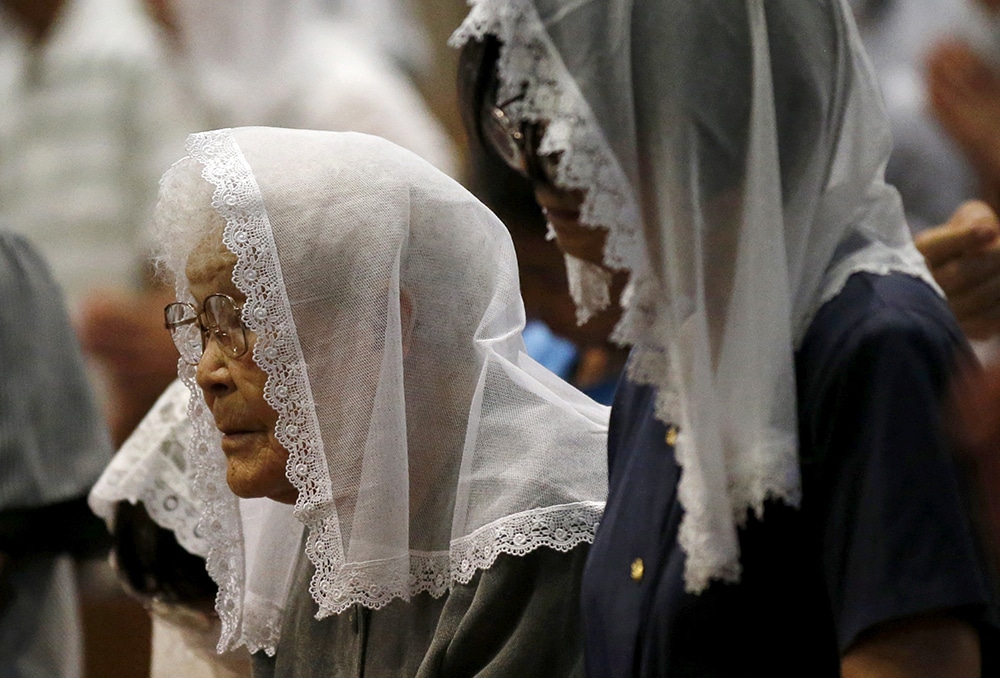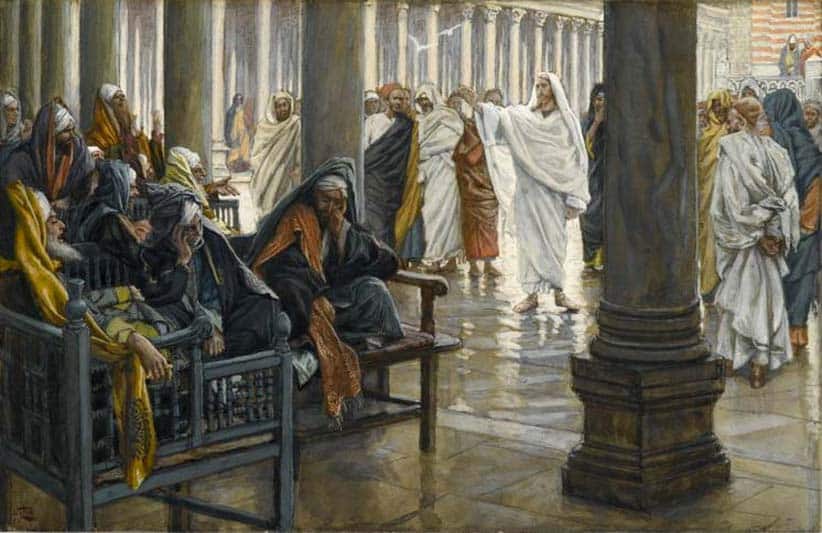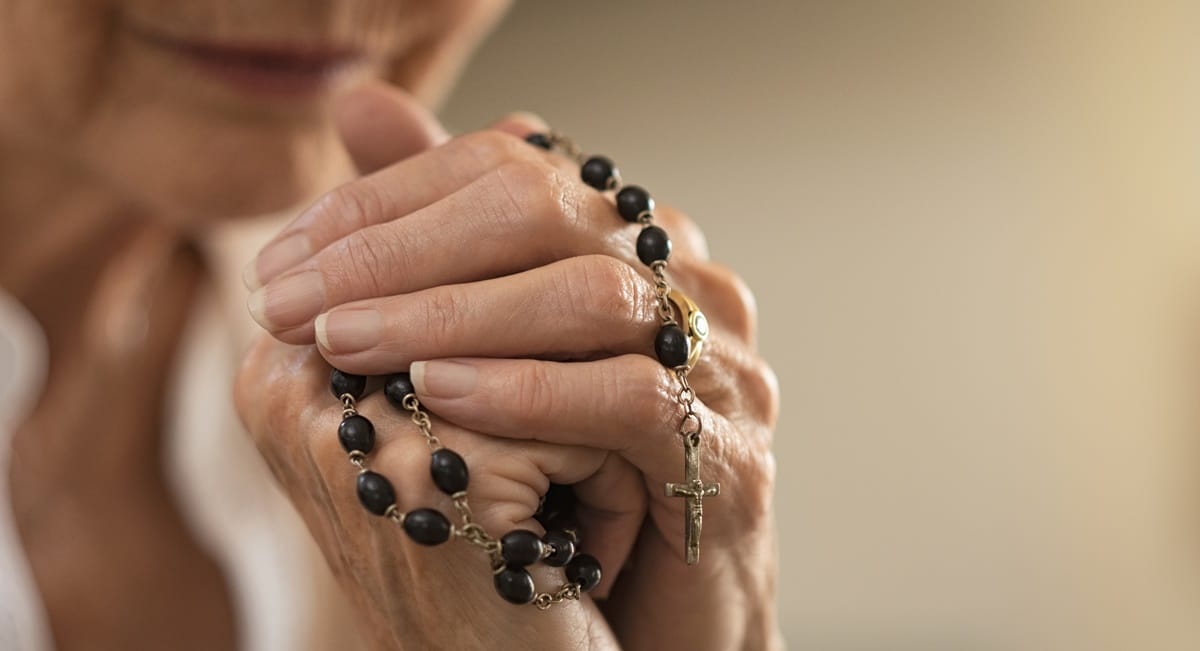Question: I’ve noticed a number of women wearing chapel veils at my parish. I know this used to be the norm, but what is the significance, and why do some women choose to wear chapel veils?
— Name, location withheld
Answer: Yes, wearing hats or veils had been the norm for women. The 1917 Code of Canon Law even required that women cover their heads in Church. However, the practice fell away in the late 1960s, well before the publication of the new Code of Canon Law in 1983. The new code no longer has this requirement.
In America hats were more the norm than veils. Photos from the period of 1890-1960 show this. Veils made a brief appearance in the early 1960s, popularized by the first lady, Jacqueline Kennedy. However they quickly disappeared by the late ’60s, and women from that time on generally wore no head coverings.
The common practice of women covering their heads goes back to biblical times. St. Paul writes: “I praise you because you remember me in everything and hold fast to the traditions, just as I handed them on to you. … Any man who prays or prophesies with his head covered brings shame upon his head. But any woman who prays or prophesies with her head unveiled brings shame upon her head, for it is one and the same thing as if she had had her head shaved. … [F]or this reason a woman should have a sign of authority on her head, because of the angels. … Judge for yourselves: is it proper for a woman to pray to God with her head unveiled? Does not nature itself teach you that if a man wears his hair long it is a disgrace to him, whereas if a woman has long hair it is her glory, because long hair has been given [her] for a covering? But if anyone is inclined to be argumentative, we do not have such a custom, nor do the churches of God” (1 Cor 11:2-16).
St. Paul’s reasoning is complex. On the one hand, the veil signifies that a woman is under the authority of a man, whether her father or her husband. But St. Paul also indicates that a woman’s hair is her glory, and in the presence of the Lord, she should cover her glory. Men often indicated their status in their head coverings, so they were expected to shed that sort of glory before God. The reference to the angels may be a reference to the clergy, and thus women are expected to be modest before them in the sacred liturgy.
Thus we see that the wearing of the veil has many layers, some of which are less than popular today. Generally, women who wear the veil do not mean all of this. Rather, for them, the veil is something special and helps them remember the sacredness of the liturgy. Veils also bespeak tradition, and many young people today are rediscovering traditions, finding in them beauty and comfort in an often tumultuous and ugly world. Some women also report that it helps them pray since the veil blocks some of their peripheral vision and helps them to stay focused.
Some argue that the Church should require that women cover their heads, citing St. Paul’s admonitions. Others say that St. Paul, while preferring and instructing the practice, refers to it as a custom in the churches, not a binding norm. Whatever the case, women are not currently required by Church law to observe the practice, though the practice is for many a beautiful one to encourage.
The sanctuary
Question: I once went to a daily Mass where the priest had us leave the Church and gave the homily outside. I was very uncomfortable, as I didn’t think the priest was supposed to leave the sanctuary, or at least the Church, during the Mass. Is this OK in any scenario?
— Name, location withheld
Answer: This is certainly unusual and not a licit practice. As you note, the priest is expected to remain within the sanctuary once he has entered, and generally, with few exceptions, to conduct the liturgy from the appropriate places in the sanctuary. The General Instruction of the Roman Missal instructs: “The sanctuary is the place where the altar stands, the word of God is proclaimed, and the priest, the deacon and the other ministers exercise their functions. It should be appropriately marked off from the body of the church either by its being somewhat elevated or by a particular structure and ornamentation” (GIRM, No. 295). As you also note, such oddities are upsetting to people and offend against good order.
Msgr. Charles Pope is the pastor of Holy Comforter-St. Cyprian in Washington, D.C., and writes for the Archdiocese of Washington, D.C. at blog.adw.org. Send questions to msgrpope@osv.com.







